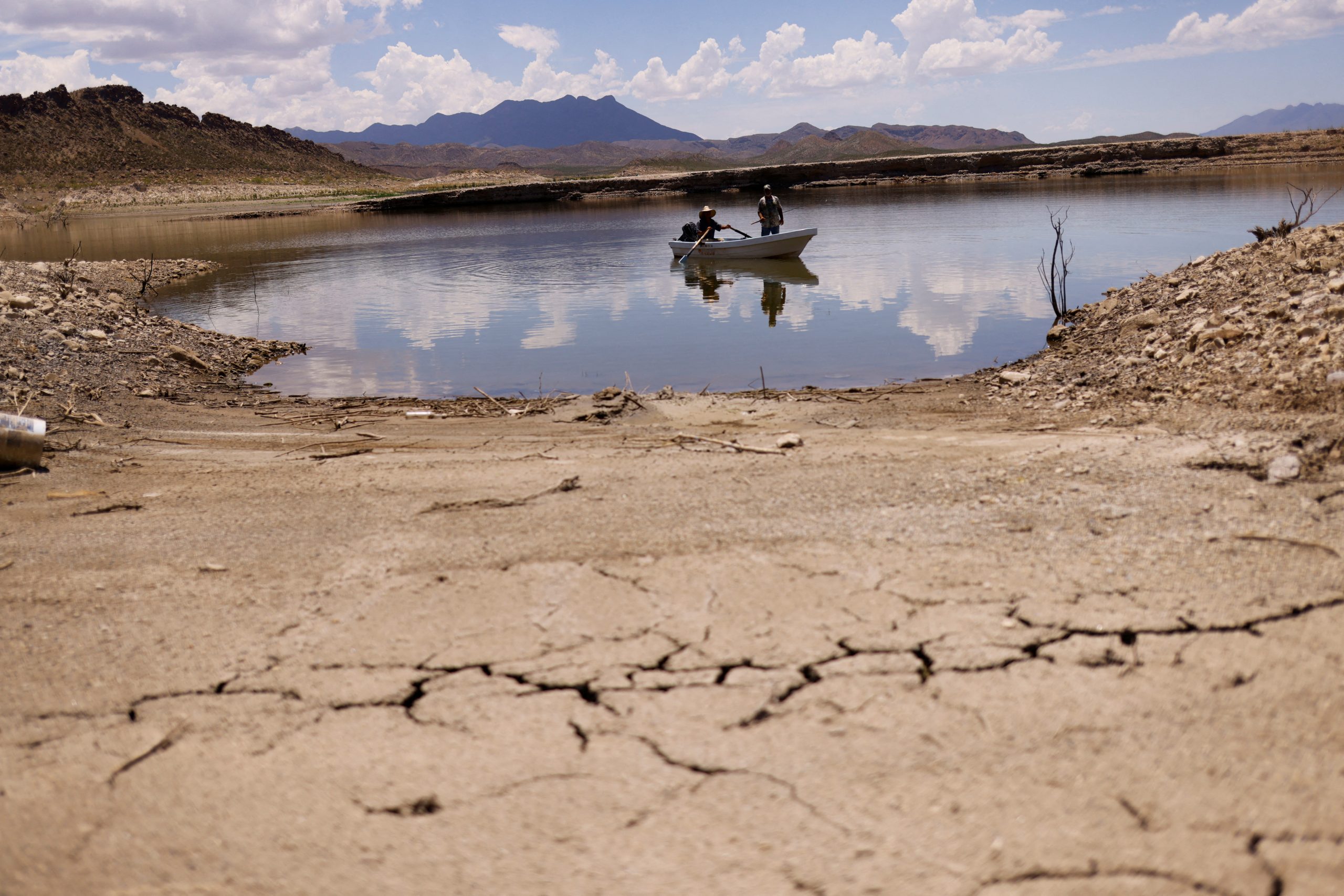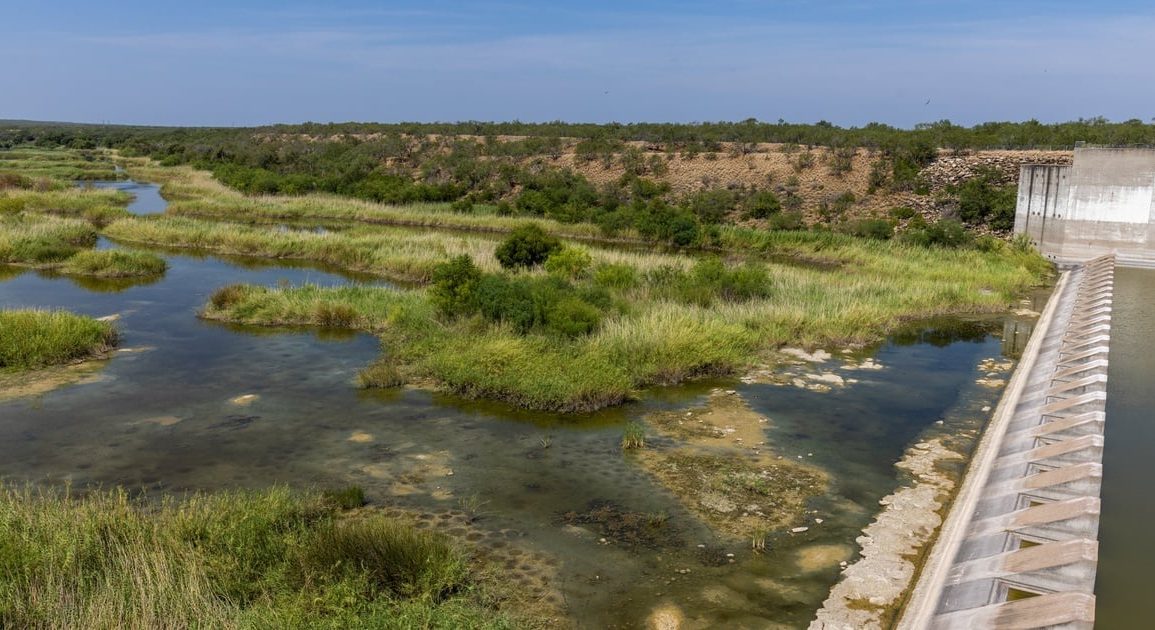The South Texas border region is grappling with a severe water shortage exacerbated by increasing demand and insufficient water supply. This problem has been compounded by Mexico’s failure to meet its water obligations to the U.S., which has further strained the region’s resources.
The situation was a focal point at the Deep South Texas State of Water Symposium held in Pharr, where about 250 lawmakers and officials convened to address these critical issues.
The symposium, organized by Democratic state Rep. Terry Canales, Democratic state Sen. Juan “Chuy” Hinojosa, and the Texas Water Foundation, included contributions from Republican Rep. Monica De La Cruz.
The event aimed to tackle the pressing water scarcity in South Texas, where population growth is anticipated to surge by 70 percent over the next 50 years. Texas Water Foundation CEO Sarah Schlessinger highlighted that current water supplies are insufficient to support this future growth.

Dr. Robert Mace from the University of Texas explained that the Rio Grande, which serves over 2.6 million people and supports various sectors on both sides of the U.S.-Mexico border, is struggling with historic lows due to increased usage, prolonged droughts, and climate change.
Historically, water management has relied on unpredictable weather events like hurricanes, but Mace noted that this strategy is no longer viable. The symposium aimed to foster discussions for developing more resilient water management solutions.
Another significant challenge is the Rio Grande Valley’s heavy dependence on surface water from the Rio Grande River, with 90 percent of its water needs met by this source. Recent reports, such as one from Maria-Elena Giner, the U.S. Commissioner for the International Boundary and Water Commission, reveal that the U.S. has contributed less to the river recently, exacerbating the supply issues.
Giner’s report underscored the gravity of the situation and the need for transparent communication about the water crisis.
Additionally, the 1944 water treaty between the U.S. and Mexico mandates that Mexico deliver 350,000 acre-feet of water annually over a five-year period. However, as of August 10, Mexico has fallen short of its commitment, partly due to its own drought conditions.
The treaty’s uneven water delivery has created further tension, with Mexico prioritizing local agriculture during droughts. The symposium emphasized the need for cooperative efforts to address these water management challenges, reflecting the bipartisan and binational nature of the issue.

